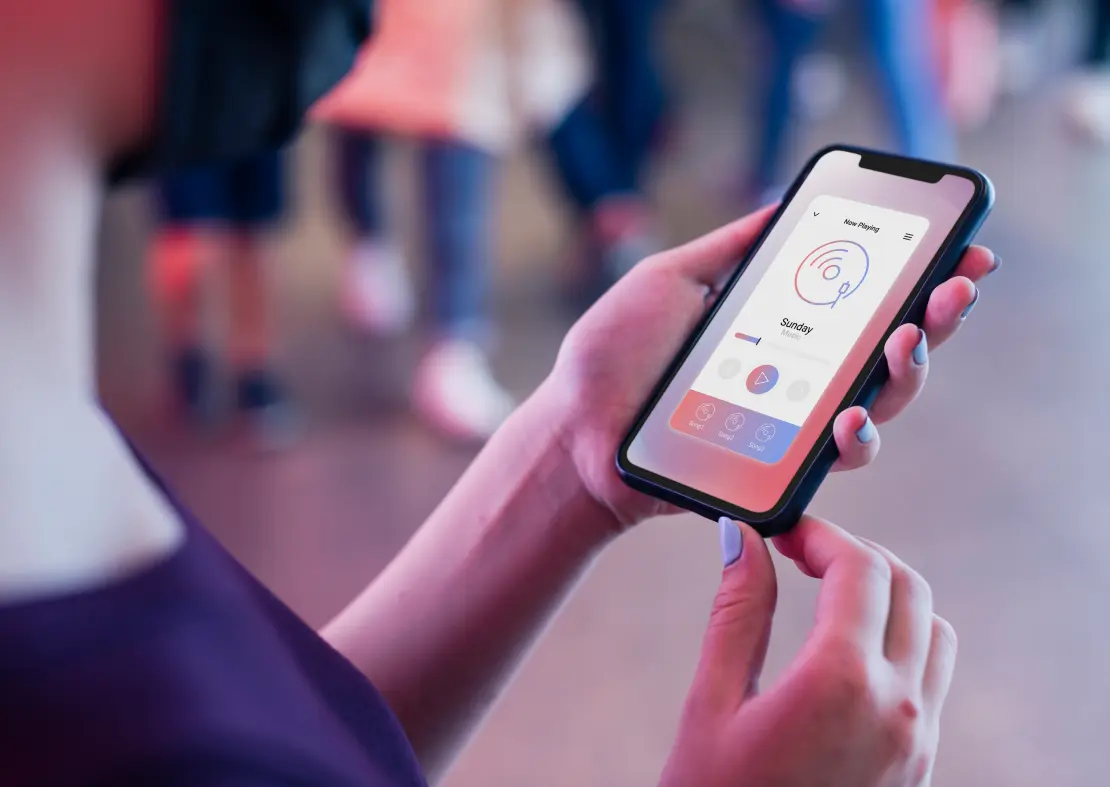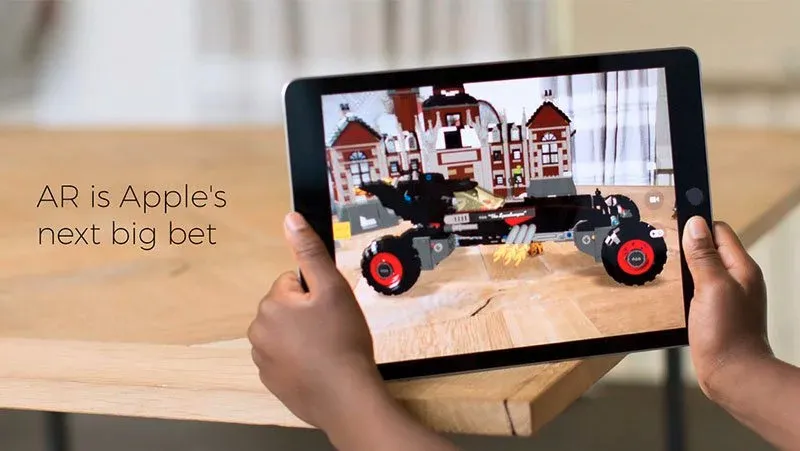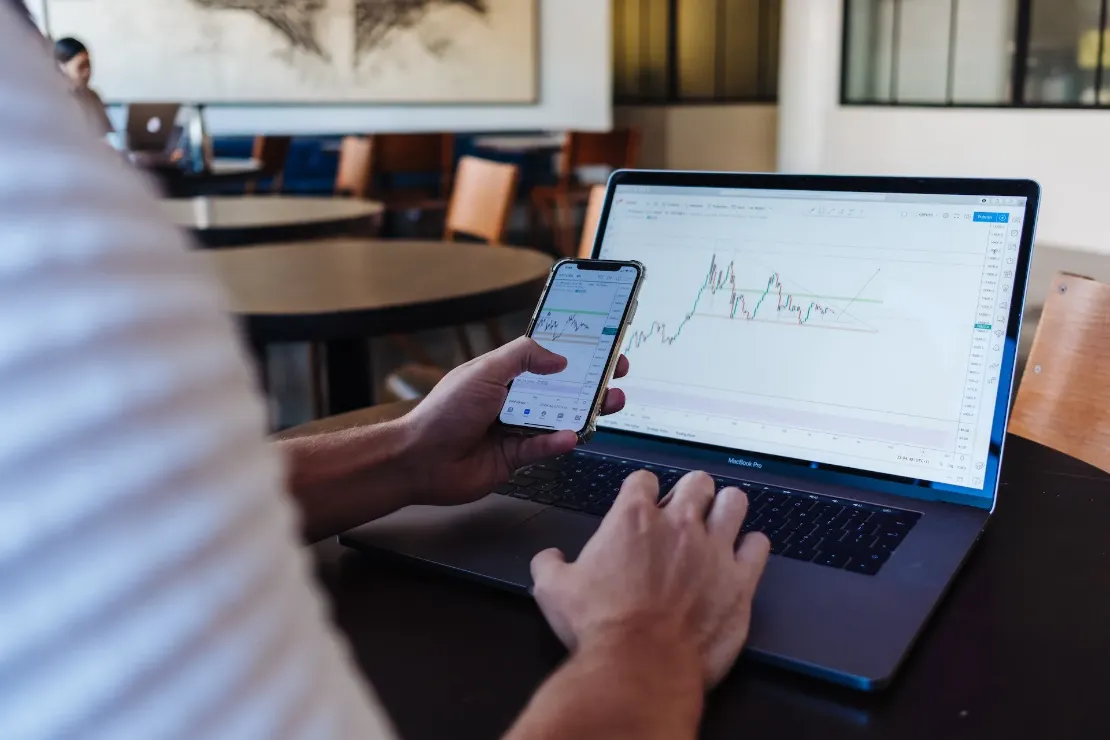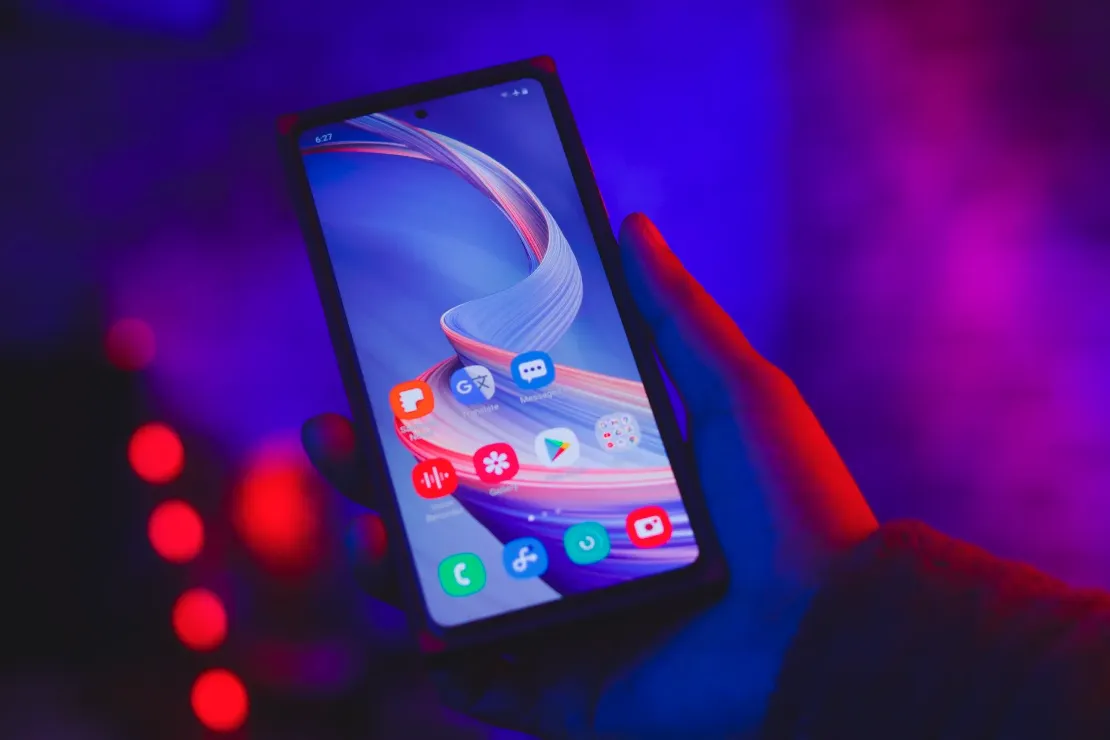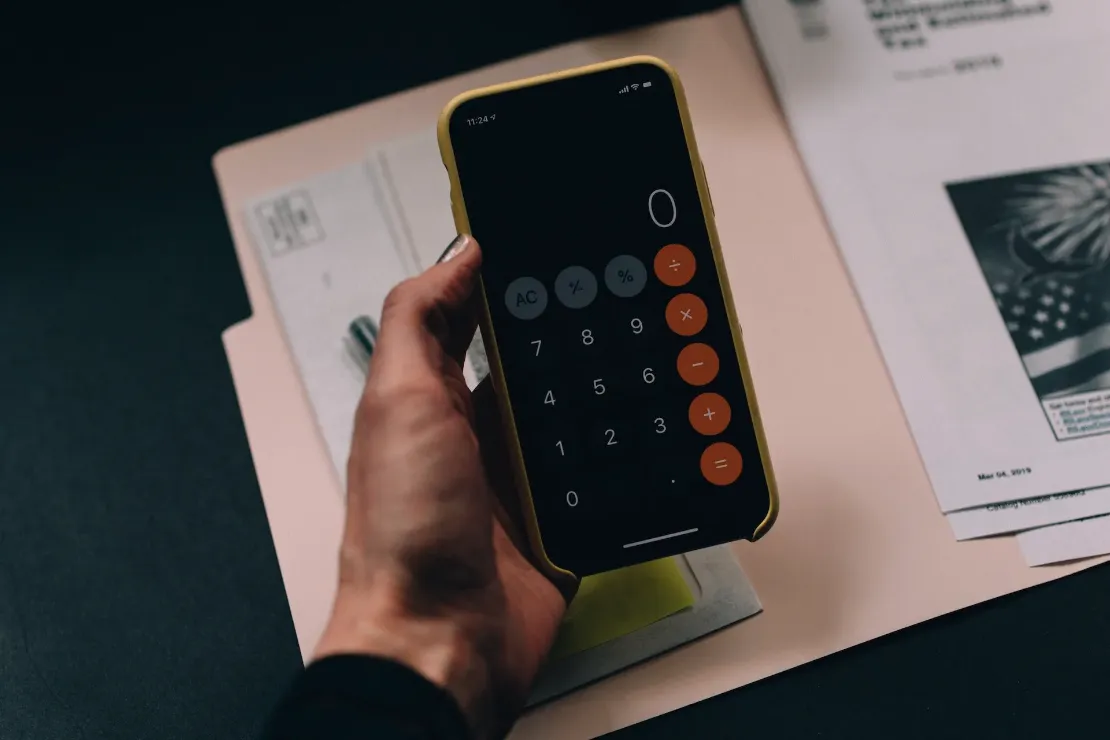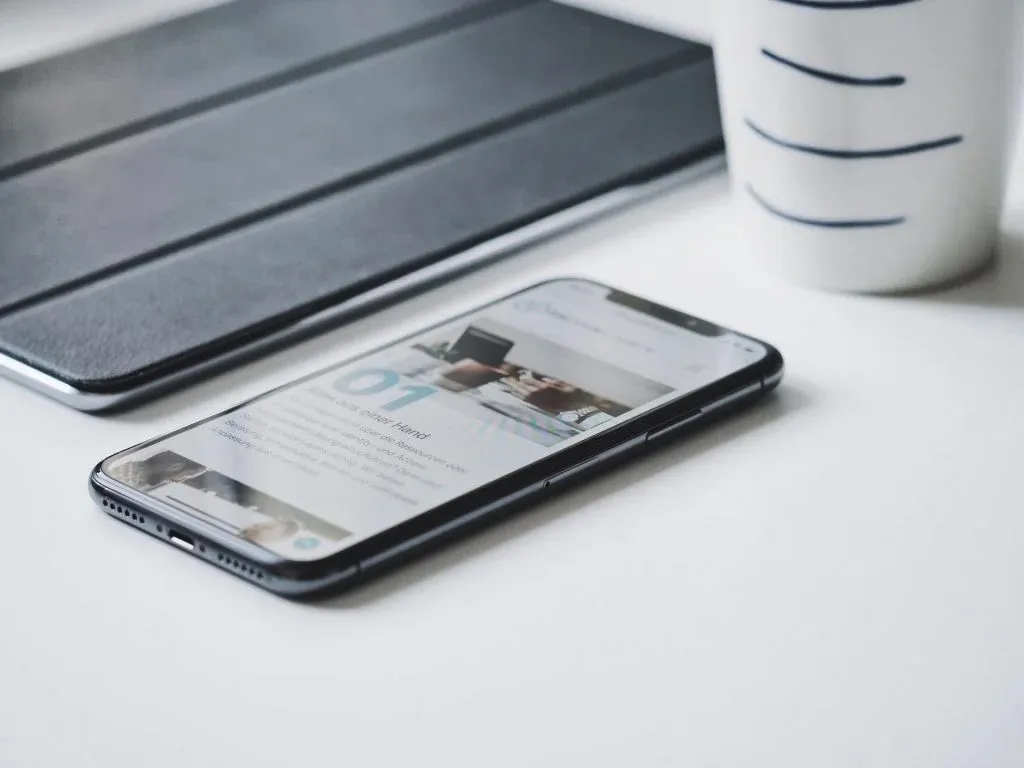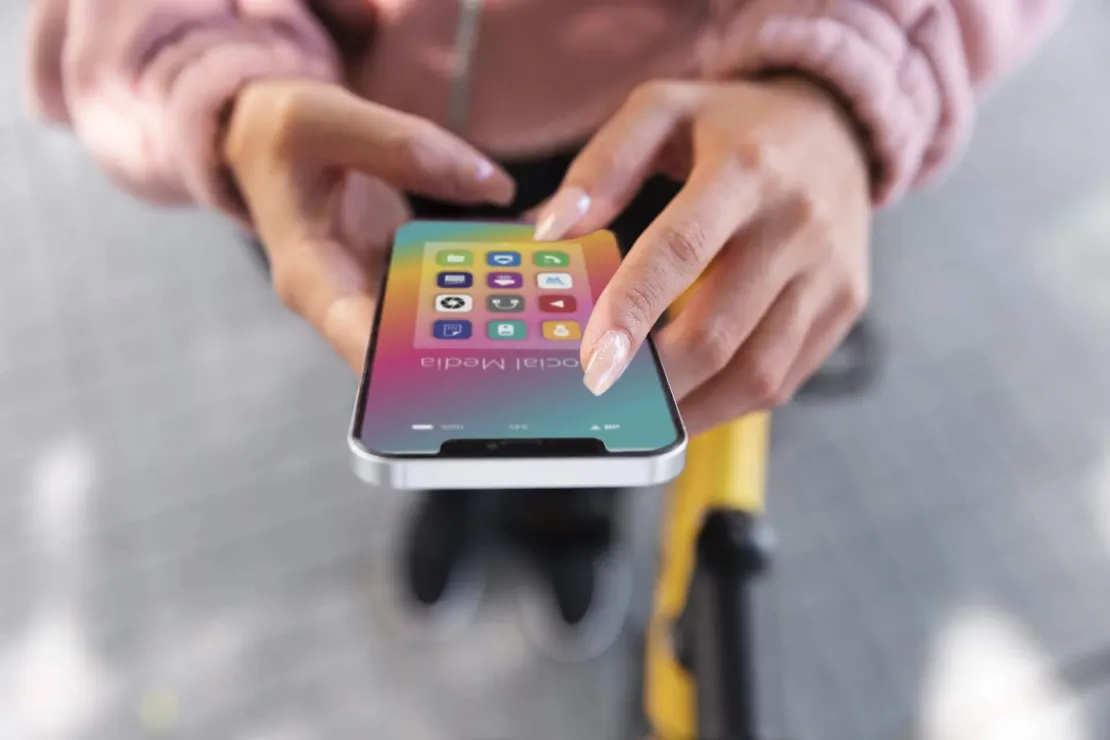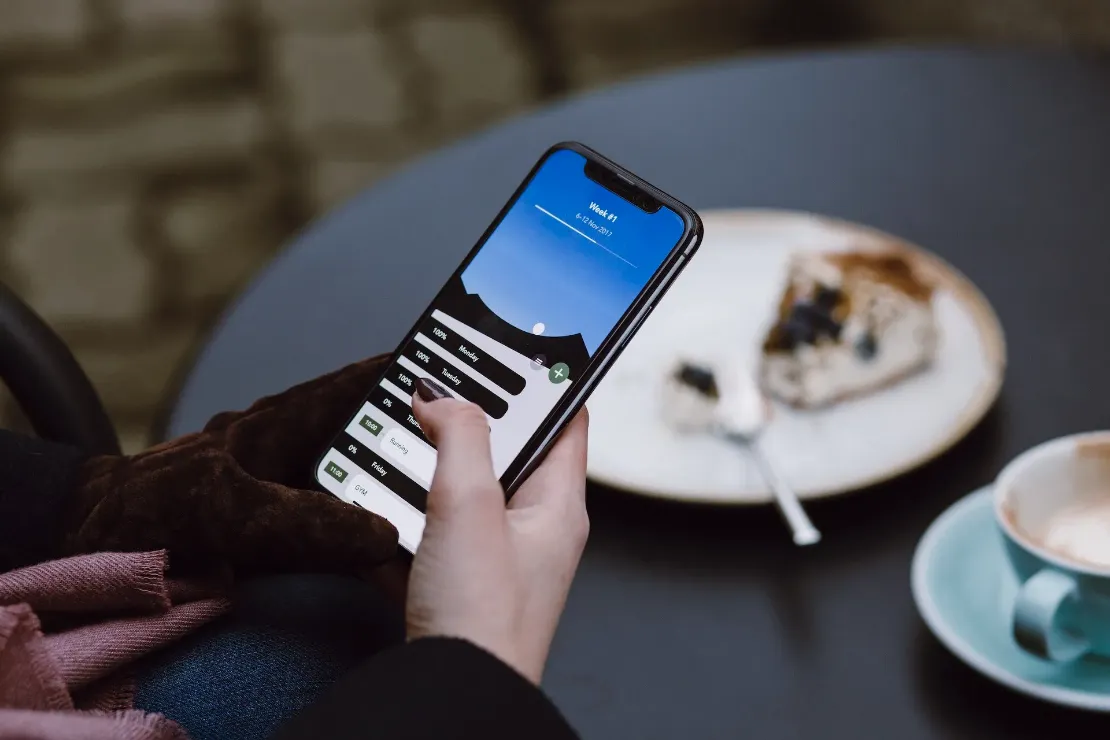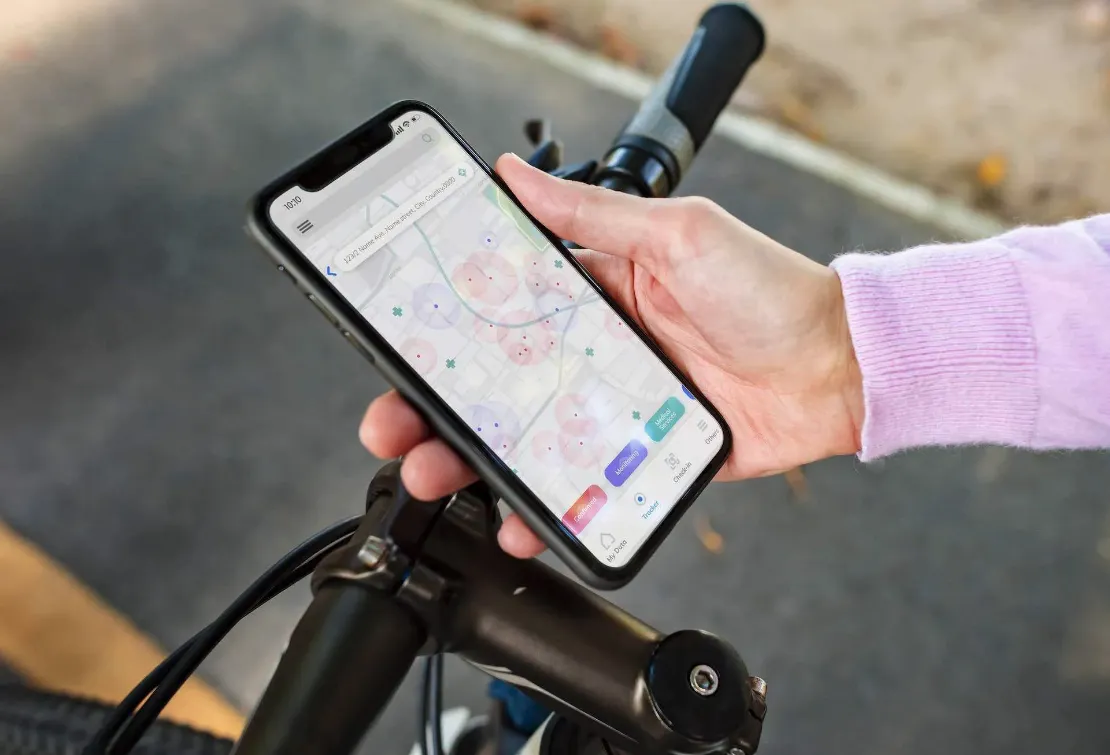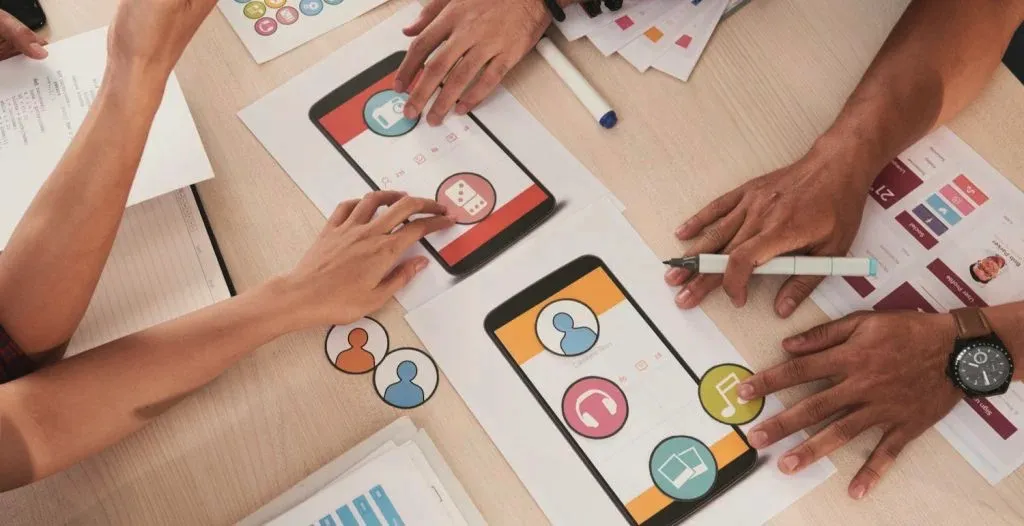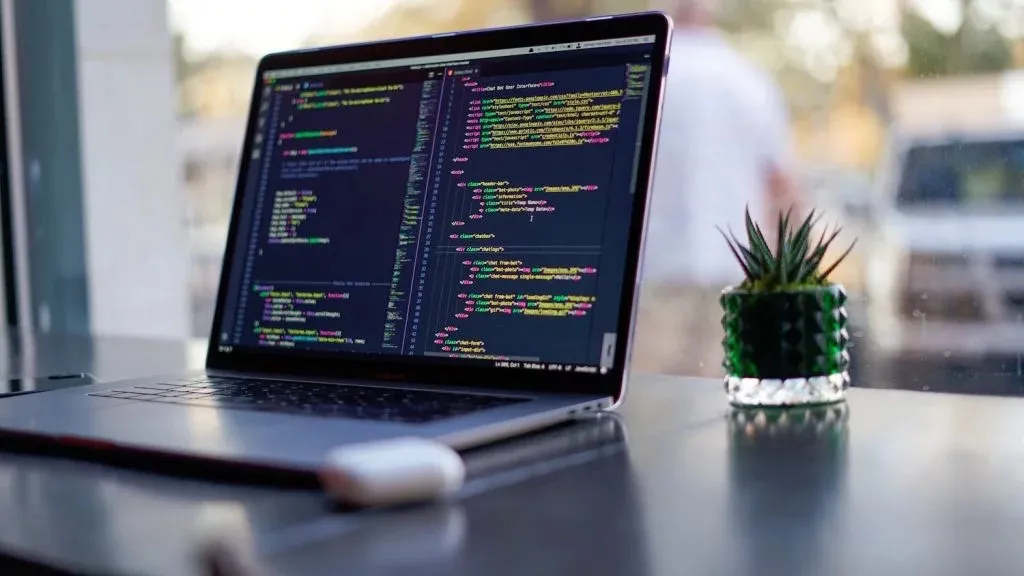Before we get into any detail, let us first get on the same page regarding what App Store Optimisation (ASO) actually is. A general opinion on this matter that seems to circle the internet is that ASO and SEO are one and the same. Now, while this may be true to some extent, it’s far from covering the entire subject. The basic concept might be the same, and that is getting the public aware of your product, by making it pop out among the first result of their search. The difference however, is what happens after that. While the job of SEO ends as soon as the intended user enters your page, the job of ASO continues, as its main purpose is getting the customer to download and use your app, rather than just being aware of it.
While there are numerous methods to increasing your visibility in the App Store, all of them can be roughly summarised in two groups; keyword optimisation and conversion rate optimisation. The key difference here is where the method is used.
Keyword Optimisation
Keyword optimisation is a process used to get your app to be shown among the top results of a search. This, as its name suggests, is done by extensive tweaking to your apps keywords. The first thing that needs to be done is to research the keywords you are going to use. Ultimately, you want to find the best balance between the relevance of the keyword and the amount of competition for said keyword. You can do the research using one of many tools designed to do so. One of the best tools for this is Google Keywords Planner (https://adwords.google.com/KeywordPlanner), as it provides you possible keyword phrases for the keyword you input, as well as the amount of searches using said keyword in Google. This is to be used as a guide only, but is a great indicator.
App Title & Description
After you’ve done your research it is time to put the keywords to good use. One of the best and yet very scarcely utilised practices is using keywords in the title of your app. According to recent research only 16% of the apps use keywords in their title, which is strange given the information that this method alone can boost the rankings by up to 10%. The second use for keywords is the description. The tricky part here is to achieve good keyword density, without overstuffing the description. Keep in mind that humans will have to read your app’s description and you want to attract them to download it by providing relevant information rather than just spamming keyword for better ranking. Even if you are ranked first in searches, it will do you no good if users do not download your app.
Language & Localisation
This covers your needs regarding optimisation for a single language. If you are looking to increase your overall relevance and ranking it is smart to perform what is known as ‘localisation’. This means that you should look for specific keywords for every language that your app is available in. Oftentimes one keyword that ranks good in one language can be irrelevant in others. Another important factor here is that you do not leave the translation of keywords to just anybody. Worst case scenario would be using mechanical translation, as it can often provide words that are not generally used in everyday spoken language. You need to get into the head of your users and realise what terms they will use to look for a particular thing they need. Ideally, you will find a native speaker to assist you with this part, as they will be aware of the words and phrases commonly used in their language.
Icon & Screenshots
When you have finished taking care of your keywords there is still the matter of tweaking the look of your app page to make the person who landed on it, actually download your app. The best start in this case is looking at your screenshots. Many developers will just throw a bunch of random in-app screenshots here and be done with. There are many reasons why this won’t work well, but the most important one is creating a good first impression. The app store has given you a way to present your app in the best possible light, wasting it on boring in-app shots is a just waste of good advertising potential. Instead look to create a nice, attention-catching banner or try to present a story that will make the user want to download your app just by looking at it. Similar principle works with app icon as well. Your icon is the first thing that the user will see, meaning that you have to pull all stops to make sure that it is not the last thing as well.
App Category
One other thing you will be prompted for is the category for your app. You should apply similar analytics to this part as you did with keywords. You want to balance out the relevance with the amount of competition for the category. If you end up within the category with big-name competitors it is likely that your app will not get as much exposure as it should, even though it is a well-made one. The other end of the spectrum is posting your app in a category that is completely irrelevant to what it does; this is sure to reduce your download rate greatly and should be avoided.
App Ratings & Feedback
Lastly and probably most importantly is the rating of your app. There is strong correlation between your rating, ranking and download percent. You will want to highlight your good reviews and respond to negative ones as soon as they appear. One thing you must stay away from is so called ‘black hat’ ASO. This means that you should avoid faking reviews as app stores have ways to recognise them and you will end up banned in most cases. Instead create a solid app and always look to improve it according to user feedback as word of mouth is the second best advertising method, right after search ranking.
Constant Evolution
And you should always check up on your ranking and adjust the above-mentioned parameters accordingly. If you see your ranking dropping drastically it might be due to the change in the search algorithm and you should apply changes as soon as possible to avoid loosing downloads. The search optimisation business is a constantly evolving one and it can be hard at times to keep up with all of the trends, but if you wish to stay on top, time and effort are always necessary.
The App Team is based in Brisbane, Mooloolaba and Sydney and specialises in app development for iPad, iPhone & Android. Contact us today to find out how we can bring your app vision to life!



